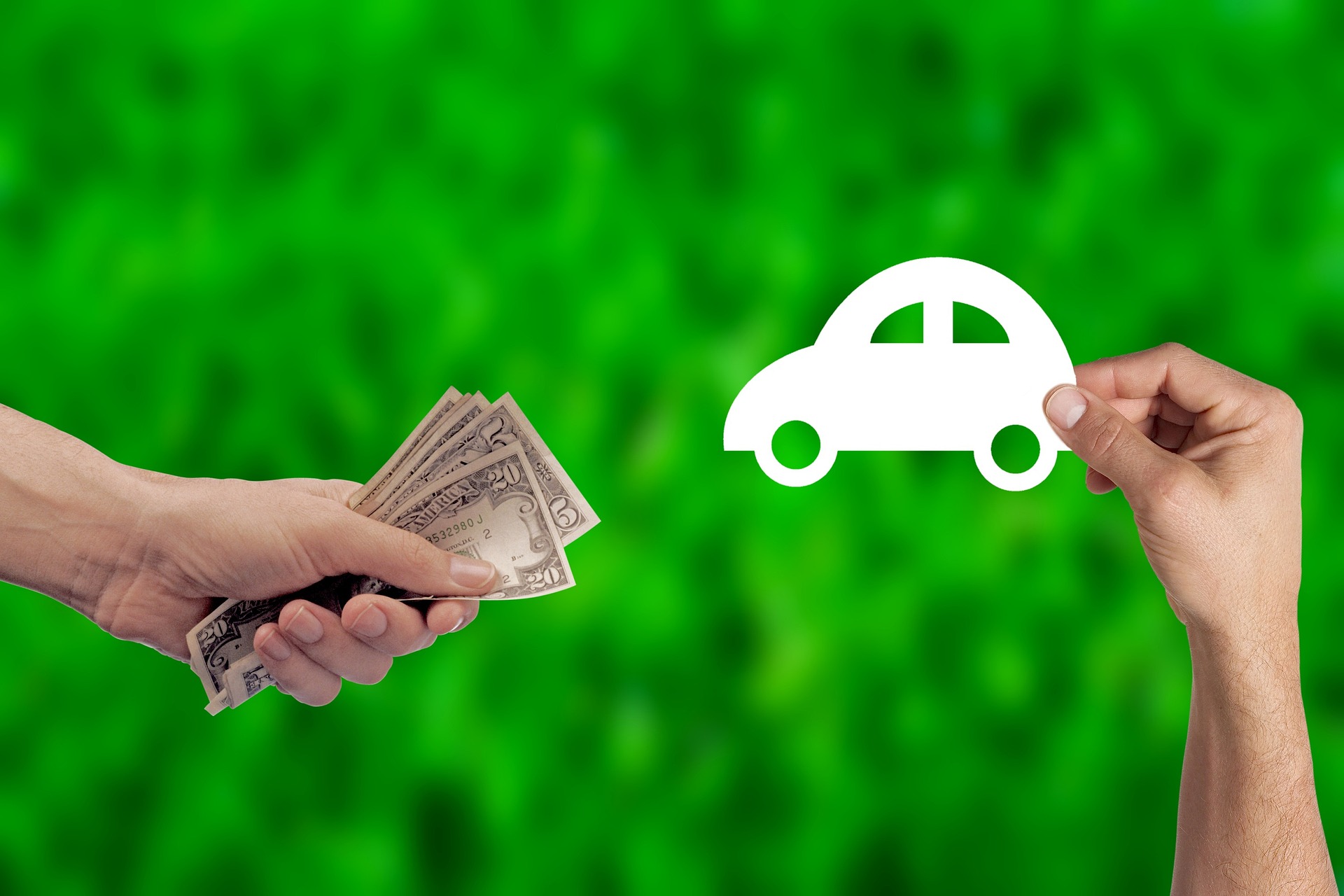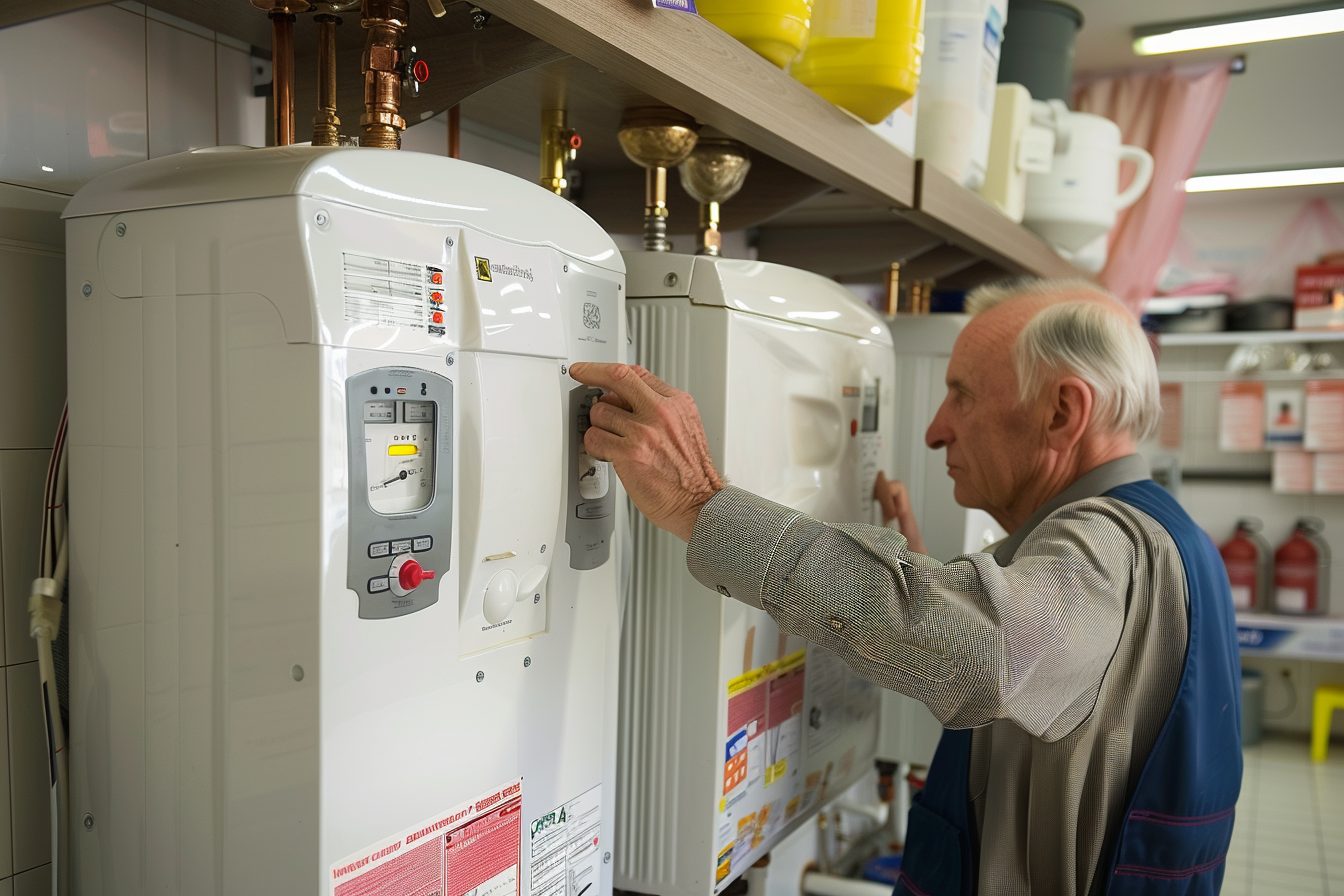Guide to Buying Bank Repossessed Cars in Canada (2025)
In Canada, purchasing a bank-repossessed car in 2025 can be a smart way to save money if done carefully. These vehicles, reclaimed by banks or financial institutions after loan defaults, are often sold through auctions or certified dealers. Before buying, always check the VIN history, inspect the car’s condition (usually sold “as is” without warranty), and consider extra costs like transport, registration, and provincial sales taxes. For example, in Ontario, the buyer pays tax based on the sale or wholesale value, whichever is higher.
When financial institutions repossess vehicles due to loan defaults, these cars enter a specialized market that operates differently from traditional auto sales. Canadian banks and credit unions regularly auction these vehicles to recover outstanding loan balances, creating opportunities for informed buyers to find vehicles at competitive prices.
What Are Bank Repossessed Cars in Canada
Bank repossessed cars are vehicles that financial institutions have reclaimed from borrowers who failed to meet their loan obligations. Once a borrower defaults on payments, typically after 60-90 days of non-payment, the lender initiates repossession proceedings. The vehicle is then prepared for sale through various channels, including auctions, dealership partnerships, or direct sales programs.
These vehicles come from diverse backgrounds - from recent models with low mileage to older vehicles with higher usage. The condition varies significantly depending on how well the previous owner maintained the vehicle and the circumstances surrounding the repossession.
How to Find Buying Bank Repos Canada 2025 Opportunities
Several channels exist for accessing repossessed vehicles in Canada. Major banks like RBC, TD, and BMO often partner with auction houses or specialized dealers to sell their inventory. Credit unions also maintain repossessed vehicle programs, sometimes offering direct sales to members.
Online platforms have expanded access to repo inventories, allowing buyers to browse available vehicles and participate in auctions remotely. Government agencies also sell repossessed vehicles through periodic auctions, though these typically involve vehicles seized for tax or legal reasons rather than loan defaults.
Registering with multiple auction houses and monitoring bank websites regularly increases your chances of finding suitable vehicles. Some institutions maintain waiting lists for specific vehicle types or price ranges.
Understanding Repo Car Auction Canada Processes
Repo car auctions in Canada operate under specific rules and procedures. Most auctions require registration and deposit payments before participation. Bidding can occur in person, online, or through telephone systems, depending on the auction house.
Auction terms typically include immediate payment requirements, with full payment due within 24-48 hours of winning a bid. Financing arrangements must be secured beforehand, as auction houses rarely provide financing options. Transportation becomes the buyer’s responsibility immediately upon purchase completion.
Inspection periods vary by auction house, with some offering preview days while others provide limited inspection time on auction day. Understanding these timeframes is crucial for making informed bidding decisions.
Inspection and Documentation Requirements
Thorough vehicle inspection becomes critical when purchasing repossessed cars, as these sales typically occur “as-is” without warranties. Checking mechanical systems, body condition, interior wear, and electronic components helps identify potential repair costs.
Documentation requirements include valid identification, proof of insurance, and payment methods accepted by the seller. Some provinces require safety inspections before registration, adding to the total acquisition cost. Obtaining vehicle history reports helps identify previous accidents, flood damage, or other issues that might affect value or safety.
Title transfers must be completed promptly to avoid registration delays. Some repossessed vehicles may have liens or encumbrances that require resolution before clear title transfer.
Cost Analysis and Pricing Insights
Repossessed vehicle prices typically range from 60-80% of comparable retail values, though final costs depend on condition, demand, and auction competition. Additional expenses include auction fees (usually 5-10% of purchase price), transportation costs, inspection fees, and potential repair requirements.
| Vehicle Type | Average Savings vs Retail | Typical Auction Fees | Additional Costs |
|---|---|---|---|
| Compact Cars | 20-30% | CAD $200-500 | CAD $300-800 |
| Mid-size Sedans | 25-35% | CAD $300-700 | CAD $400-1000 |
| SUVs/Trucks | 15-25% | CAD $400-900 | CAD $500-1200 |
| Luxury Vehicles | 30-40% | CAD $500-1200 | CAD $800-2000 |
Prices, rates, or cost estimates mentioned in this article are based on the latest available information but may change over time. Independent research is advised before making financial decisions.
Legal Considerations and Consumer Protection
Canadian consumer protection laws provide limited coverage for repossessed vehicle purchases. Provincial regulations vary regarding disclosure requirements, cooling-off periods, and warranty obligations. Most sales are final with no return options, making pre-purchase research essential.
Understanding your province’s registration requirements, safety inspection standards, and insurance obligations helps avoid complications after purchase. Some provinces offer dispute resolution services for auction-related issues, though these typically focus on procedural rather than vehicle condition matters.
Buying bank repossessed cars in Canada requires careful preparation, thorough research, and realistic expectations about vehicle condition and associated costs. While these vehicles can offer significant savings compared to retail purchases, success depends on understanding the auction process, conducting proper inspections, and budgeting for additional expenses beyond the winning bid price.





